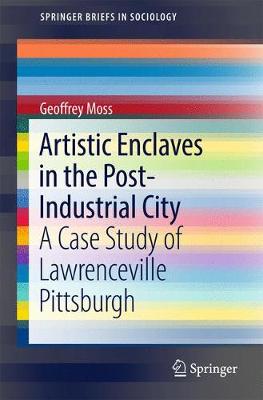SpringerBriefs in Sociology
2 total works
Contemporary Bohemia: A Case Study of an Artistic Community in Philadelphia
by Geoffrey Moss, Rachel Wildfeuer, and Keith McIntosh
This book presents an investigation and assessment of an artistic community that emerged within Philadelphia's Fishtown and the nearby neighborhood of Kensington. The book starts out by examining historical and sociological work on bohemia, and then provides a detailed history of greater Philadelphia and the Fishtown/Kensington region. After analyzing the ways in which Fishtown/Kensington's artistic community maintains continuity with bohemian tradition, it demonstrates that this community has decoupled traditional bohemian practices from their anti-bourgeois foundation. The book also demonstrates that this community helped generate and maintains overlapping membership with a larger community of hipsters. It concludes by defining the area's artistic community as an artistic bohemian lifestyle community, and argues that the artistic activities and cultural practices exhibited by the community are not unique, and have significant implications for urban artistic policy, and for post-industrial urban society.

